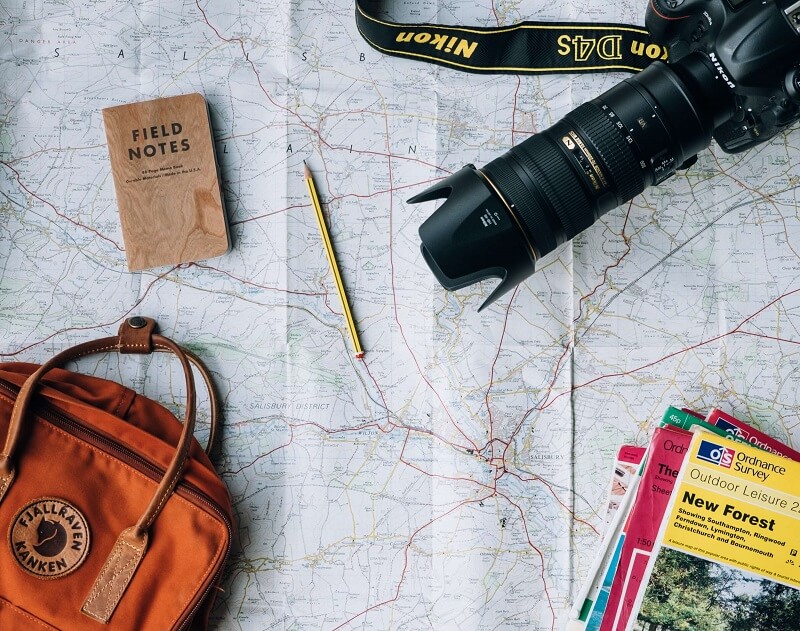Black and white photography holds a timeless allure, evoking a sense of nostalgia and artistic expression. In a world saturated with vibrant colors, the simplicity and elegance of monochrome imagery have a unique ability to captivate viewers and convey emotion. From capturing striking contrasts to highlighting texture and form, black and white photography offers endless opportunities for creative expression and storytelling. In this article, we will explore the art of black and white photography, from its historical roots to modern techniques and tips for capturing stunning monochrome images.
Historical Significance
Black and white photography has a rich history that dates back to the early days of photography in the 19th century. Before the invention of color film, black and white photography was the primary medium for capturing and preserving images. Pioneering photographers such as Ansel Adams and Henri Cartier-Bresson helped popularize the art form, using light, shadow, and composition to create iconic images that continue to inspire photographers today. The simplicity and timelessness of black and white photography have ensured its enduring appeal across generations and artistic movements.
Exploring Light and Shadow
One of the defining characteristics of black and white photography is its emphasis on light and shadow. Without the distraction of color, black and white images rely on tonal contrast to create visual impact and depth. Photographers often experiment with different lighting techniques, such as high contrast or low-key lighting, to create dramatic effects and evoke mood and atmosphere. By carefully manipulating light and shadow, photographers can draw attention to specific elements in the frame and create compelling compositions that resonate with viewers.
Emphasizing Texture and Form
Black and white photography is well-suited for highlighting texture and form, allowing photographers to capture intricate details and subtle nuances that may be overlooked in color images. From weathered surfaces and rough textures to smooth curves and delicate patterns, monochrome imagery accentuates the tactile qualities of subjects and adds visual interest to the composition. Photographers often use techniques such as close-ups, shallow depth of field, and selective focus to emphasize texture and create dynamic, engaging images that invite viewers to explore and linger.
Conveying Mood and Emotion
The absence of color in black and white photography encourages viewers to focus on the mood and emotion conveyed by the image. By stripping away color distractions, photographers can evoke a sense of nostalgia, mystery, or melancholy, allowing viewers to project their own emotions and interpretations onto the image. Whether it’s capturing the stillness of a misty morning, the intensity of a fleeting moment, or the serenity of a quiet landscape, black and white photography has a powerful ability to evoke emotion and evoke a visceral response from viewers.
Modern Techniques and Tools
In the digital age, black and white photography has undergone a renaissance, thanks to advances in technology and the widespread availability of digital cameras and editing software. Photographers can now shoot in color and convert their images to black and white using sophisticated editing techniques, allowing for greater control and flexibility in post-processing. Additionally, digital cameras offer features such as monochrome shooting modes, live view displays, and histogram overlays that make it easier than ever to capture stunning black and white images in-camera.
In conclusion, the art of black and white photography offers a timeless and versatile medium for creative expression and storytelling. From its historical roots to modern techniques and tools, black and white photography continues to captivate audiences with its simplicity, elegance, and emotional resonance. Whether you’re a seasoned professional or an amateur enthusiast, exploring the world of black and white photography can unlock new creative possibilities and deepen your appreciation for the beauty of the monochrome image. So grab your camera, embrace the art of black and white photography, and let your creativity shine in shades of gray.
